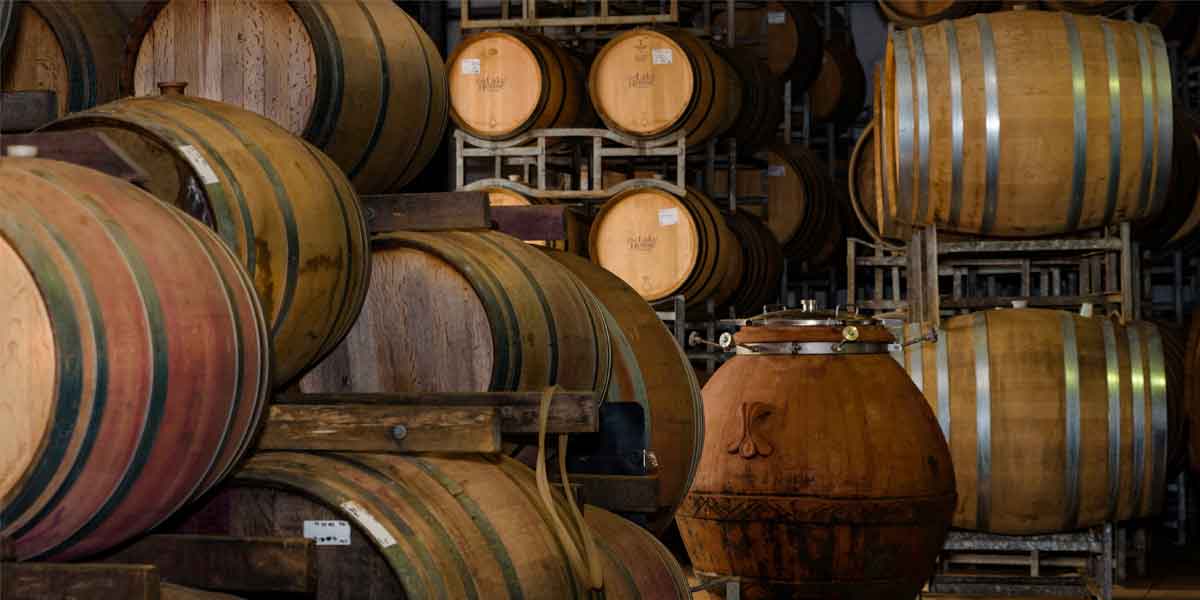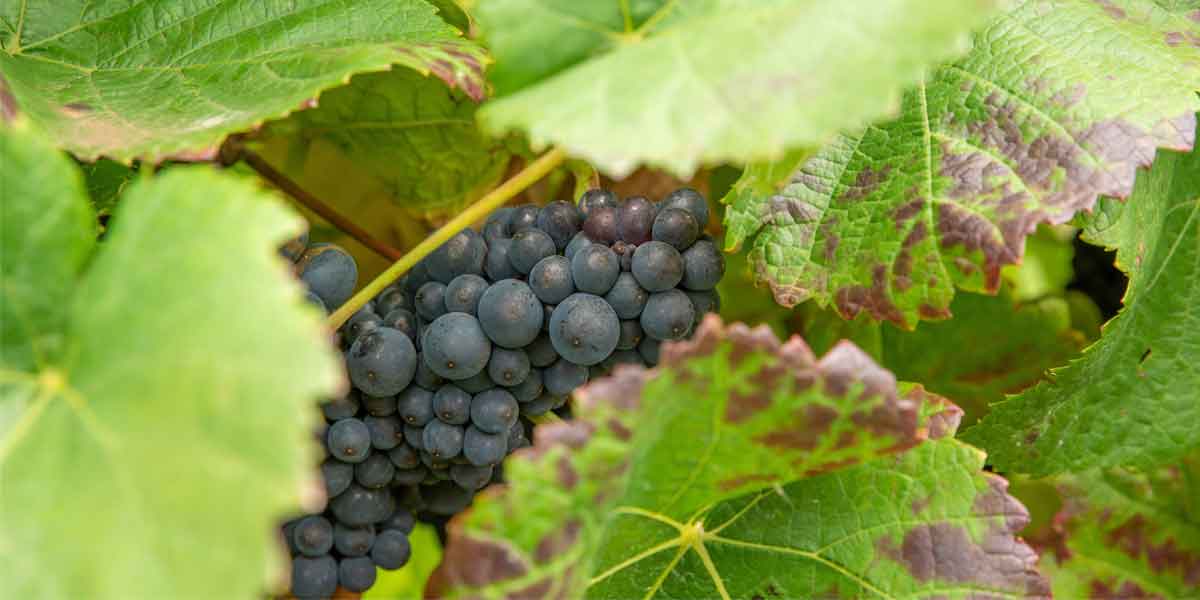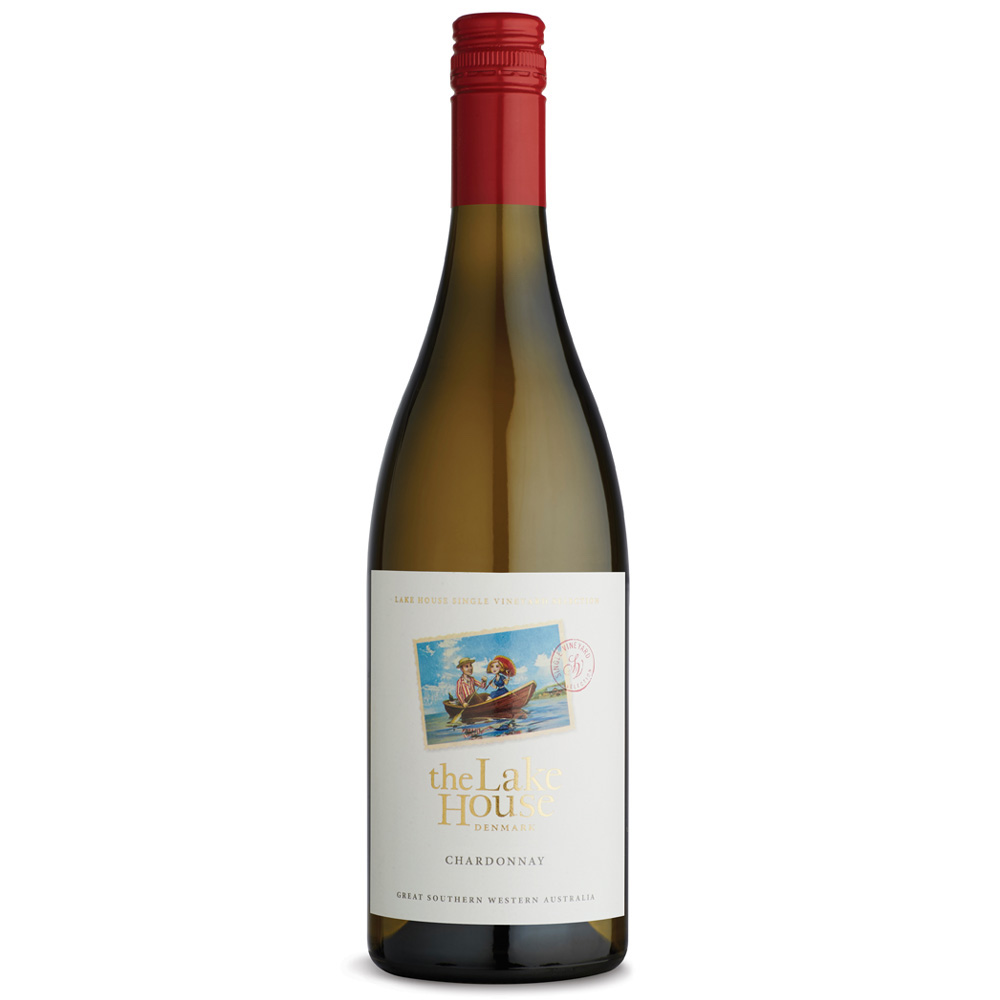What is Tannin, Acidity and Body in Wine
Ever wondered what causes the sensations in your mouth when you’re sitting back and enjoying a glass of your favourite wine? Or what the words tannin, acidity and body really mean when you are tasting winewhat the words tannin, acidity and body really mean when you are tasting wine? Well we’re here to help you understand these terms and the next time you’re having that delicious glass of wine, you will be an expert in identifying what is going on in your palate!
Tannin

In wine, tannin comes from the skin of grapes and seeds and they can also be found in wooden barrels. Tannins are beneficial in a composition of wine because they help to stabilize wine and buffer it against oxidation. In general, tannins can mostly be identified only in red wines as the process of making a red wine requires fermentation with the skin included. However, white wines generally have their skins removed immediately so their level of tannins are much lower than of red wines.
Here is a great way to experience tannin using an everyday method! Brew yourself two cups of black tea; one cup with the tea bag left in for two minutes and the other with the tea bag left in for five minutes. Taste both brewed cups of tea and take note of the astringent, drying and bitter sensation you get in your mouth. That is essentially what tannin in wine will feel like in your palate when you’re drinking it. Secondly, the difference in bitterness and dryness between the 2 cups of tea is a great example between a wine described as low tannin such as a Pinot Noir and a wine with strong and high tannin like a Cabernet Sauvignon.
Acidity
Acidity in wine comes from the juice in the grape and it is incredibly essential because it provides the freshness and balance needed in a good wine. So, think about having a mouthful of wine and how your mouth starts to water and salivate and you experience certain puckering and tingly sensations. Well, that’s acidity at work! You’ll find terms like zesty, bright, tart, and fresh are often used in tasting notes to describe high acidity wines. A wine with high acidity will create similar sensations as having a squeeze of lemon in your mouth whilst lower acidity wines can be compared to tasting Greek yoghurt. For a great example of a wine that is high acidity, try our youthful and zesty 2021 Premium Reserve Porongorup Riesling and for a red alternative, our 2020 Postcard Pinot Noir.
Body

The body of a wine describes the overall feel of a wine in your mouth and it is a way to categorize the intensity of the wine from light to full-bodied. Light bodied wines feel delicate and soft whereas full bodied wines feel heavier and mouth-filling. A fantastic way to identify the difference between light and full bodied wines is to simply compare how skim milk and full cream milk feels when your drink it. So with that in mind, try comparing a light bodied white wine like our 2020 Sauvignon Blanc to our full bodied 2020 Chardonnay in our Postcard Series. For a red comparison, try out our 2020 Postcard Pinot Noir to the 2018 Postcard Cabernet in the same range.
So there you have it! Now that you understand what tannin, acidity and body in a wine refers to, not only will you be able to identify these amazing characteristics the next time you’re enjoying a delicious glass of wine but also tasting different varieties of wine can be a much more fun and conversational experience.



















